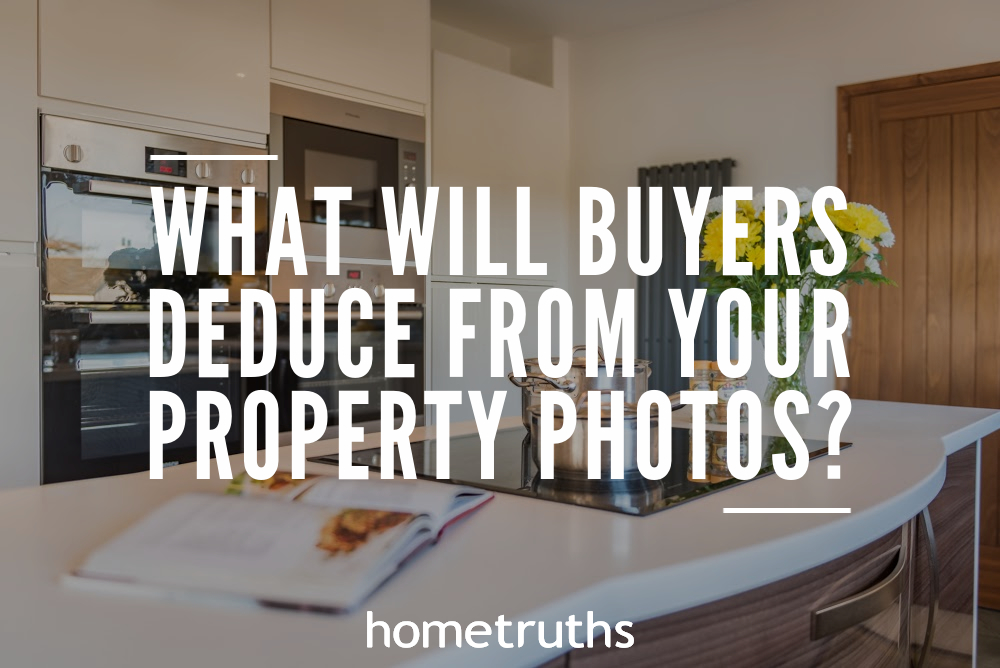When a buyer looks at the photographs of your house, particularly online, where the images are often largely devoid of context, they will make certain assumptions about your house that you need to be aware of. By ensuring that every image tells the right story, you will avoid giving a buyer a reason not to view your home.
No front image of house – this could indicate that the house is not very attractive from the front, or that there is a ‘disamenity’ (a disadvantageous feature in the local environment) close by: this could be a pylon, a bus stop or perhaps an industrial building next door. Whatever it is, not showing a front photograph will make a buyer expect the worst.
Only the back of the house shown – it’s true, of course, that many houses have a more appealing back view than front. However, it is really important to show the front of the house nevertheless, even if it isn’t used as the leading (main) image. Buyers often do ‘drive-bys’, in other words, they will drive past the house, without booking a viewing, in order to check out the position and location of the house. Some research indicates that there are up to 15 drive-bys for each viewing booked, so if you have 4 viewings in a month, chances are you could have had up to 60 drive-bys! In order to identify the house, a buyer needs to be able to recognise it from its front photo, which they won’t be able to do from a rear view image.
No kitchen shot – the kitchen is probably second only in importance to the outside and garden of a house, and when buyers – particularly lady buyers – are searching for a property online, they will look for a photo of the kitchen. If they don’t find one, they will assume – usually correctly – that the kitchen is not worth photographing. Immediately, this could raise a concern that there is a lot of work to do in the house. Don’t raise an unnecessary ‘red flag’ for a buyer; better that you make sure a kitchen photograph is included, no matter how dated your kitchen may be, as it won’t be as bad as that of the buyer’s imagination.
Artist’s impression – this is often used by developers to show what a new home will look like once it is built, and could mean that the house in question is little more than a building site at the moment. Most buyers, unless in a particularly buoyant market, would prefer to see a tangible building, so it’s important to get a photograph of some description onto the online advert as soon as possible.
Pets in the photographs – I was looking at properties with my husband yesterday, when I clicked on an image of a living room, showing a huge golden retriever lying on the carpet. Now I’m a dog lover, but my husband most definitely is not. Immediately I could see him thinking that at the very least, all the carpets would need replacing, and who knows what state the lawn would be in? Safer to keep pets out of your photographs – you can’t offend a pet lover if you do, but you can alienate the non pet lovers if you don’t.
All photographs tell a story to some degree; make sure that the only story a buyer can infer from your images is one which they want to be part of.
If you’d like my help to sell your home more effectively, please answer a few short questions here and if I think I can help you, I’ll be in touch.



